In 1973, Miyata launched a new line of bicycles under a special branding & endorsement deal with cycling legend Eddy Merckx. Above is the cover of the first catalog, introducing Merckx to Japanese cyclists as “The world excellent bicyclist Eddy Merckx; Unprecedented 280 victories in competitions; Eddy Merckx who is the fastest man in the world.”
Released only in Japan for a few years between 1973 and 1980, the Miyata Merckx bikes remain a lesser-known but fascinating piece of cycling history. There’s a few scattered articles in English across the web, and I’ve pulled together everything I could find into one place, including hi-res catalog scans from three different years of production. Read on to learn more about the Eddy Merckx Miyatas!
At left is an autographed photo of Eddy Merckx meeting with Tsutomu Numa, President of Miyata, and Mr. Kessels, who represented the Merckx brand worldwide at the time and also manufactured Merckx bicycles.
This photo apparently commemorates the signing of the Miyata license agreement. From this license agreement would come an impressive variety of Merckx-branded Miyata-built bikes.
Miyata would go all-in on the Merckx brand, building a diverse line that included road, track, touring, and commuter bicycles, and even a radball model. The graphic at right shows their comprehensive approach to all forms of cycling then popular. Nearly all models sported the distinctive “Molteni Orange” paint scheme.
It seems Mr. Numa also wrote an influential profile on Merckx at the time, for the Japanese magazine New Cycling, titled “Eddy Merckx: his life and his race and his bicycle” that helped introduce the famous cyclist to their readership.
Above is the MX-27SDX-B, the second-generation flag ship randonneur / sportif model, and at left is the MX-27SDX-A, its predecessor. It was an all-chromoly bike that appears to be equipped with a Shimano 600 or Dura Ace drive train.
Priced at 140,000 yen, (equivalent today of around $1,250 USD) this was a premium bicycle.
The MX-RRDX, and its predecessor the MX-RR-A (at right) were the top-level road offerings coming in at almost $1,500 USD. It was equipped with Shimano’s then brand-new Dura Ace component group set.
The first generation of this venerable group had yet to step into its later role as the undisputed market leader for decades, and retains the fluted crankset and other Campagnolo-inspired details popular in the 1960s and 70s.
My favorite Miyata Merckx of all-time is, of course, their triple-triangle camper model, the MX-10C-A (later known as the MX-10CDX). It’s got everything a vintage nerd like me could want: Miyata quality, Merckx colorway & logo, 650B balloon tires, and a matching set of panniers.
Check out the saddle: a Fujita Super Professional with aluminum rails, likely mated to a Fujita Belt No. 2 seatpost. It’s a blatant copy of the Ideale Duralumin railed saddles, which are vanishingly rare now. The Miyata Merckx bikes didn’t cut any corners on the premium end, and they did it with all the flourishes one expects from a 1970s Japanese camper. The bikes themselves are also nigh-impossible to find, even in Japan. In over a decade watching Yahoo JP auctions, I’ve only ever seen one of these bikes come to auction.
Above are some of the more forgettable entries in the Miyata Merckx line, in part because they were not offered for very long. On the top row, from left to right we have the MX-5-A, a high-tensile steel commuter, the MX-10-A, and the MX-27-A. The MX-10 and MX-27 are the same, except the latter was equipped with 27″ wheels instead of 700c. On the bottom row, the MX-10DX-A and the MX-27DX-A were the deluxe (“DX”) versions of the MX-10/27. The black one is the MX-27GT-A, another budget-minded commuter. Most of these models were priced between 58,500 – 65,000 yen; about half of what the upper-level models were generally priced at. None of them were apparently popular enough to be retained in subsequent catalogs.
The MX-10DX-B on top, the MX-10SDX-A at left, and the MX-10P-A on the right were more upscale sport touring / randonneur models, priced at the 120,000 yen range (about $1000 USD). The Merckx catalog states the MX-27 is for “fast riding” while the MX-10 is for “joint cycling” as was equipped with rinko features popular with Japanese cyclists.
Above are a couple additional catalog scans I was able to find online, courtesy of The Catalog of Reminiscence website. I wish I could find higher-res scans but these seem to be the only examples available online. I’m not a big fan of owning printed books and ephemera, but if I ever see a copy of a Miyata Merckx catalog for sale, I’ll be quick to buy one.
Another very rare version is the MX-TR fixed-gear track bike and its successor version the MX-TRDX-B at right. An example in good, unrestored condition would be worth some serious coin; it was originally priced at 135,000 yen.
It’s probably not certified for Keirin use, though, so those hoping for an “NJS Merckx” will be disappointed.
Finally, two remaining oddities: the Merckx mixte and the radball version:
Miyata wasn’t the only bicycle manufacturer to do a license deal with “The Cannibal“; other makers of Merckx-branded bikes include DeRosa, Pela, Masi, Velosport and Colnago in Italy, UK’s Falcon Cycles, Belgium’s Kessels & Terryn, France’s Jeunet & Starnord, Germany’s Schauff, and Switzerland’s Allegro. I’ve also seen Mexico-built Windsor bikes in the Merck Molteni livery. This long and diverse list of manufacturers can make collecting Merckx bicycles a tricky prospect for those not versed in the subtle visual differences between a cheaply made frame and a true professional machine. Many a collector has purchased a Molteni-orange Merckx expecting a DeRosa or Colnago frame under the paint, only to find later that it’s actually a Falcon. Perhaps weary of slapping his name on sub-par bicycles, Eddy Merckx founded his own bicycle company in Belgium in 1980, which has gone on to be considered one of the most prestigious bicycle brands in the world.
The Miyata-Merckx line was ultimately unsuccessful, with the high prices and a lack of familiarity with Eddy Merckx among the general Japanese public given as reasons why. Among Japanese cyclists aware of Merckx, the line also fell short of their expectations due to Miyata’s use of plain-looking lugs that couldn’t compare to the DeRosa and Colnago-made Merckx frames then on the market. During a round-table discussion in 2001, Tsutomu Numa noted that he had licensed the Merckx brand as a way to bring prestige to Miyata’s high-end offerings, as up to that point Miyata had only been known for kids’ bikes. The failure of this strategy led him to re-brand their premium line in 1976 by partnering with Netherlands-based Koga, creating the Koga-Miyata brand that would last over twenty years.
Miyata also began supplying bicycles to professional teams, under the steady hand of master builder Toshio Kajiwara. Kajiwara honed his skills building frames for the long-established Everest brand before going solo. Stung by the criticism that the Miyata Merckx line wasn’t up to European standards, Mr. Numa enlisted Kajiwara in his quest to take Miyata’s bikes to the next level. Numa claimed that “Only Mr. Kajiwara can make a frame that Japan can compete with at the European cycle show.” Today, his frames are considered some of the finest examples of Japanese craftsmanship. By 1980, Kajiwara-made Miyata bikes were being ridden in the Tour de France by the Ijs Boerke and Capri Sonne teams (yes, the same “Capri Sun” juice drink you’re thinking of).
In the scheme of things, the Miyata-Merckx collaboration remains an obscure footnote in the history of Japanese bicycles, but nevertheless compelling for the diversity of designs and the respect both brands continue to enjoy among discerning collectors. If you’ve read this far and have any additional background or documents to share, please get in touch with me via the comments.


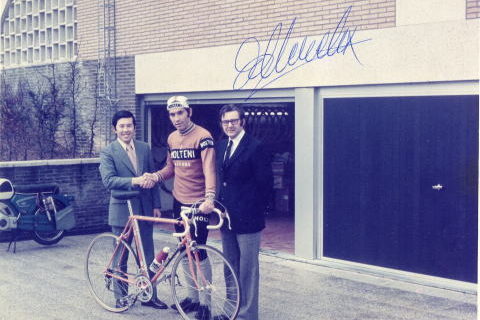
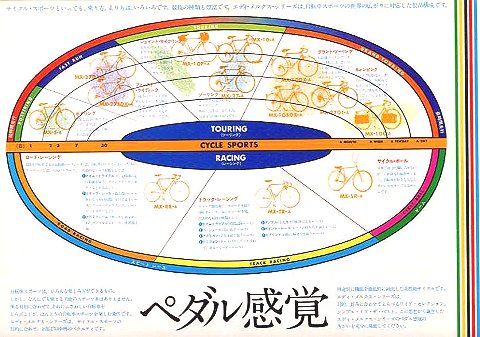

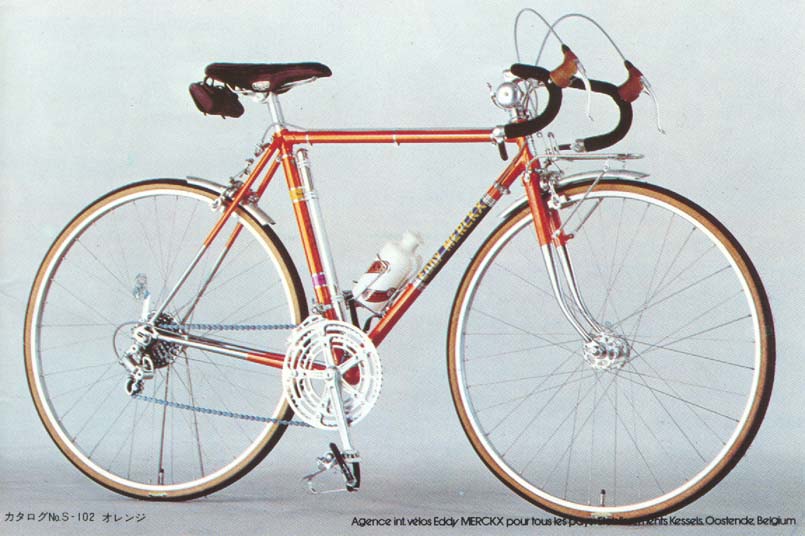
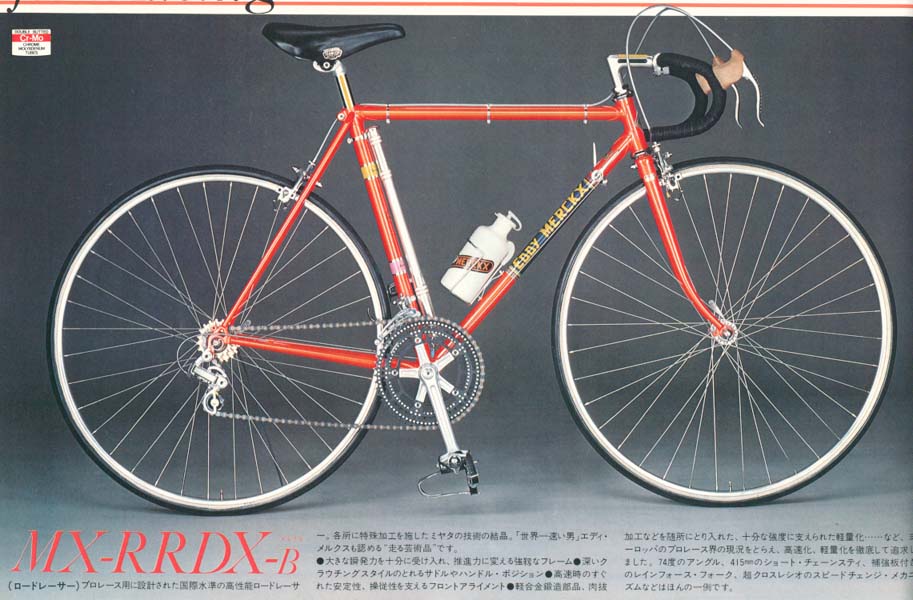
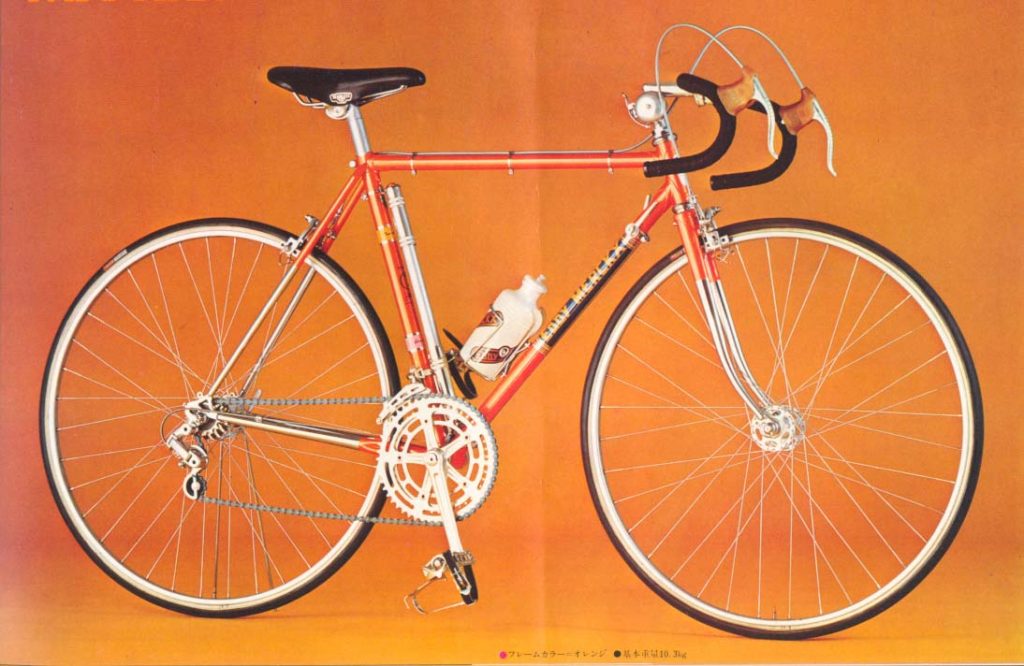
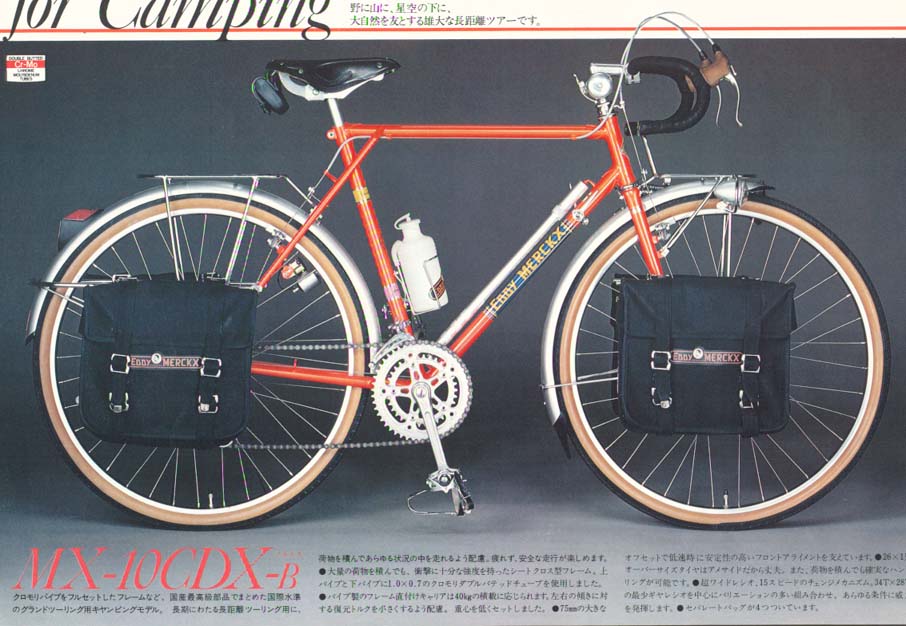


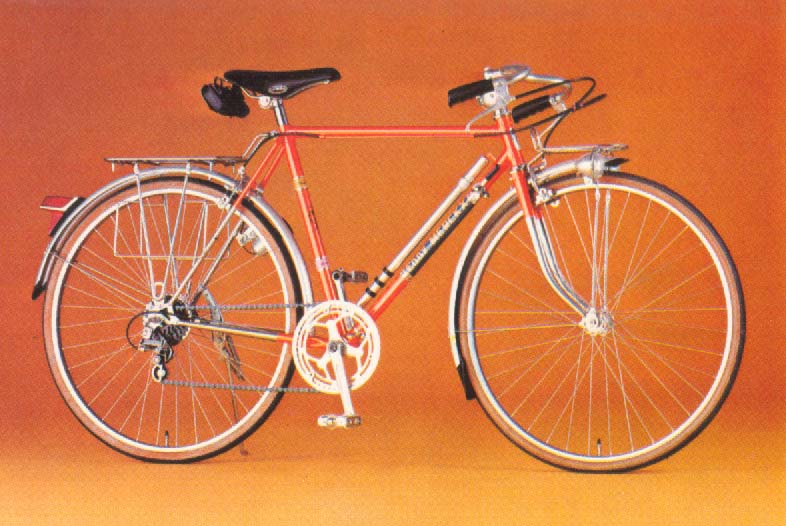
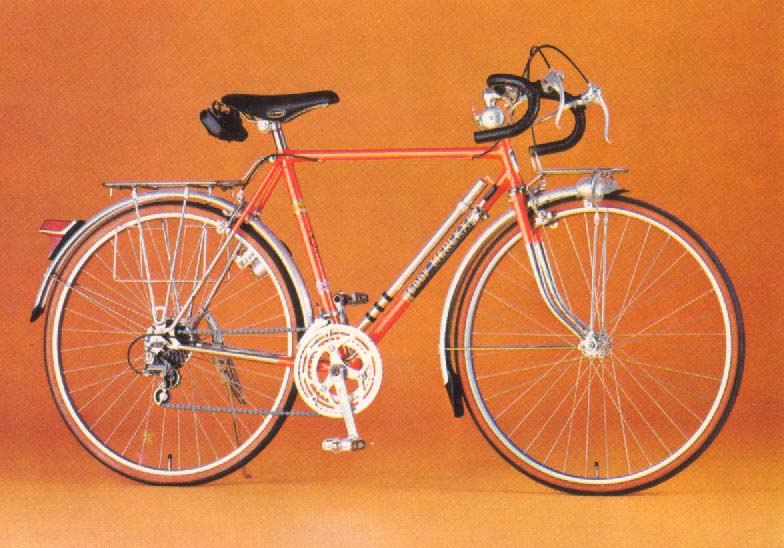
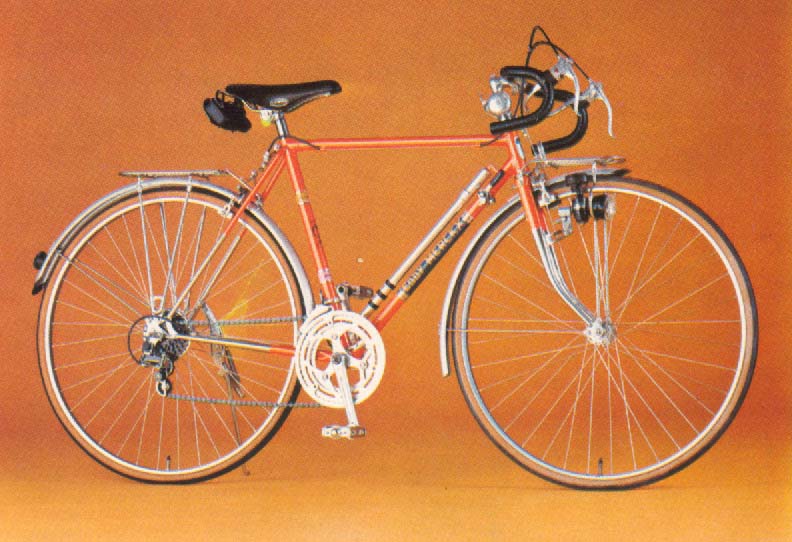
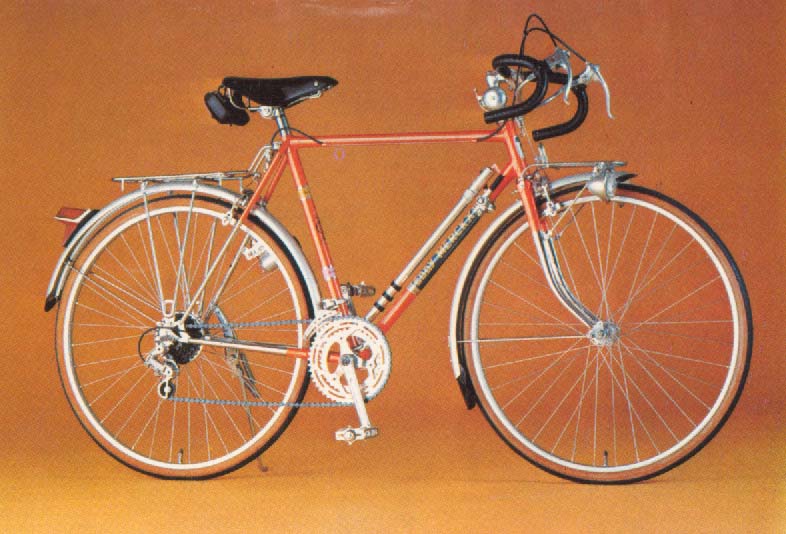
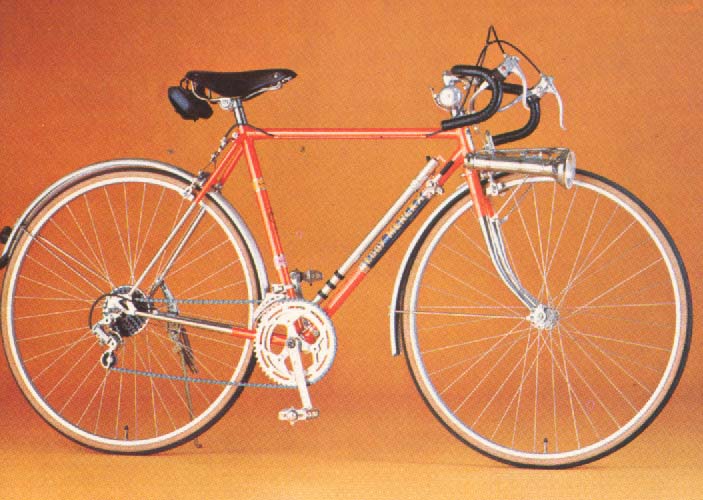
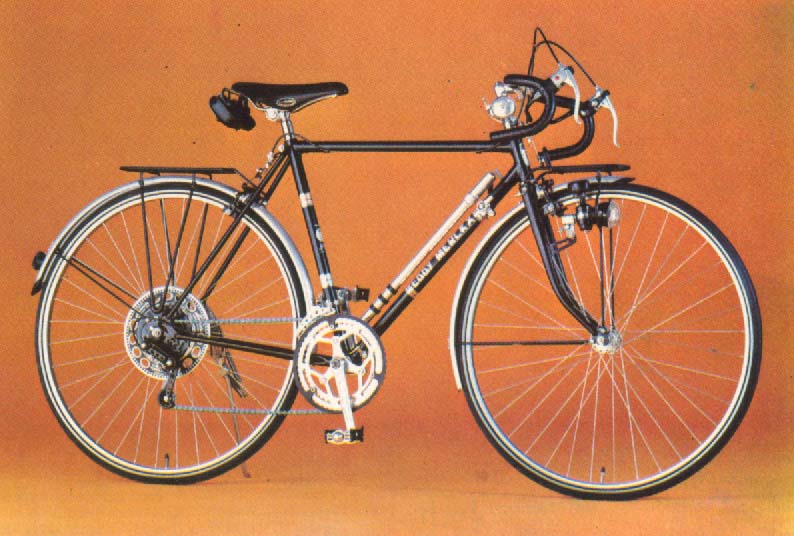
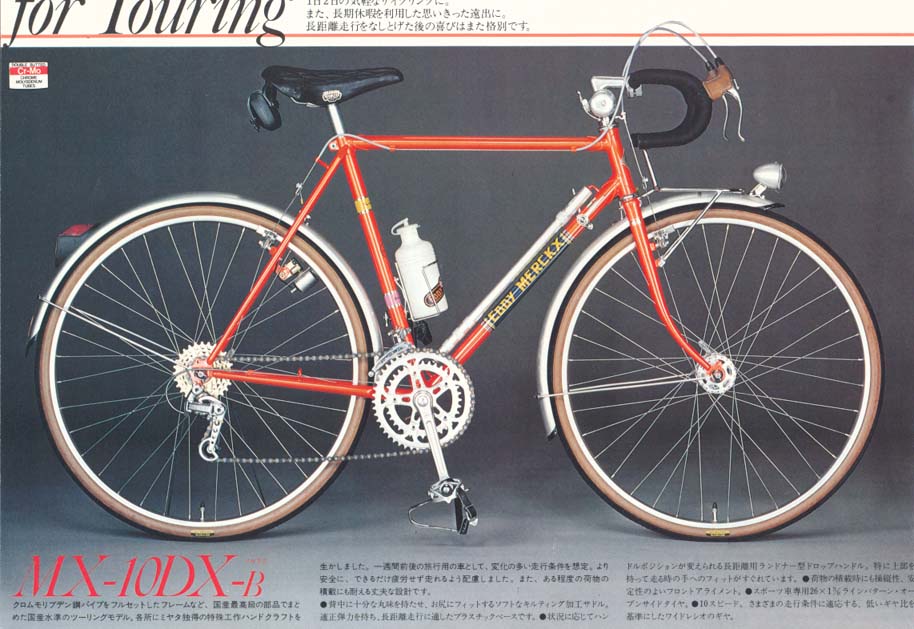
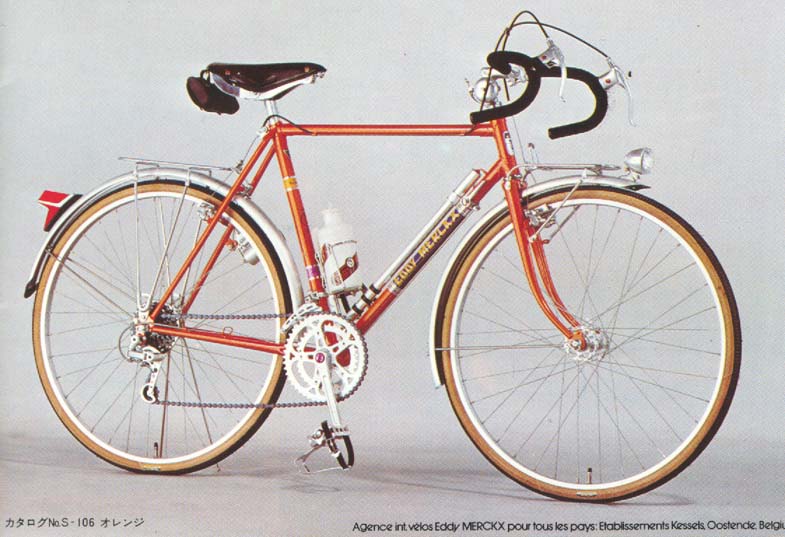
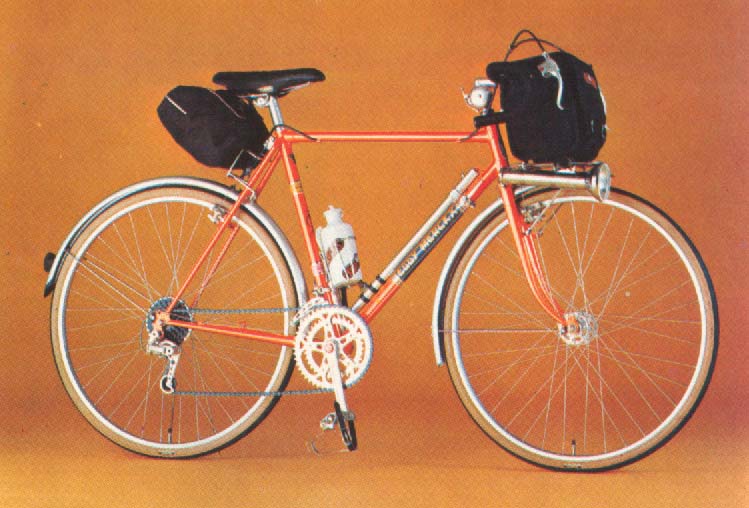
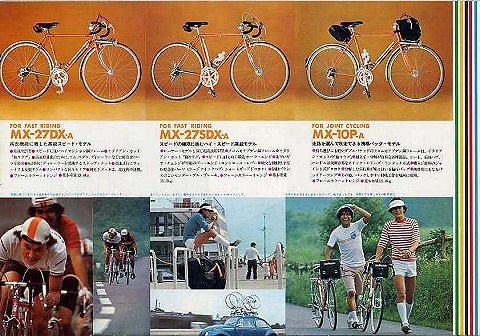

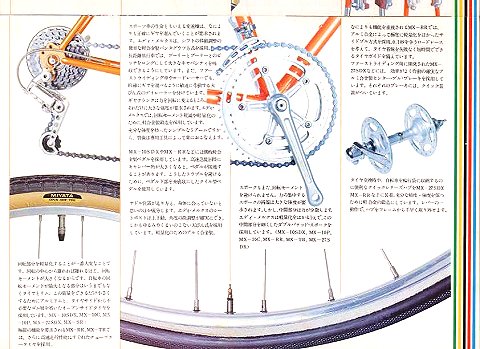
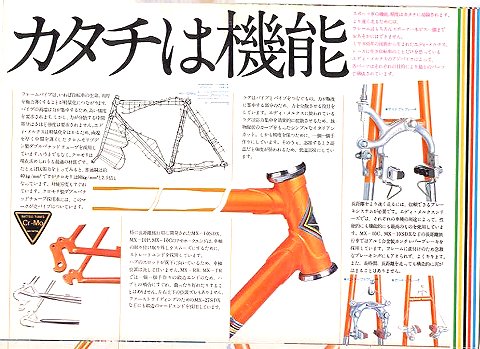
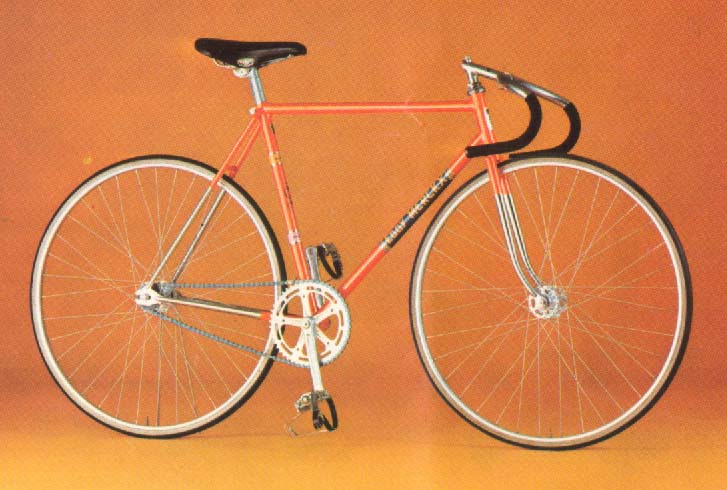
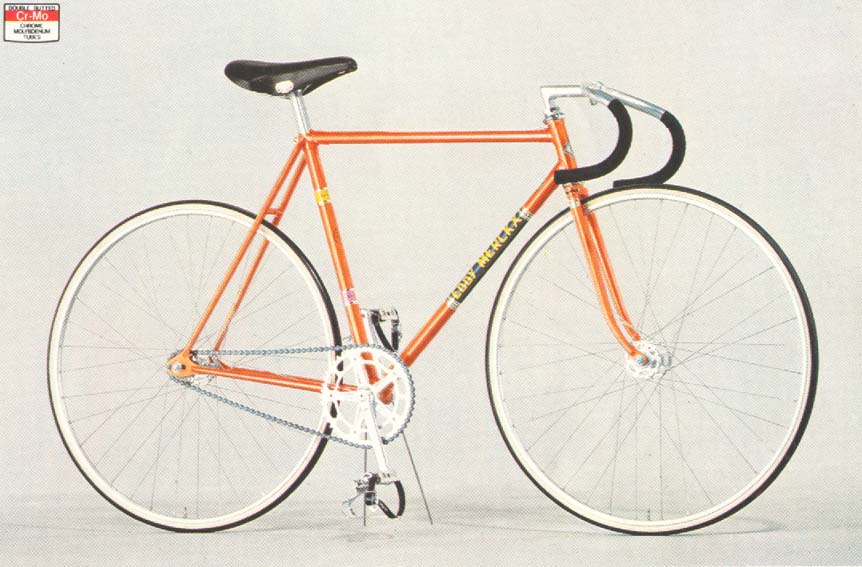
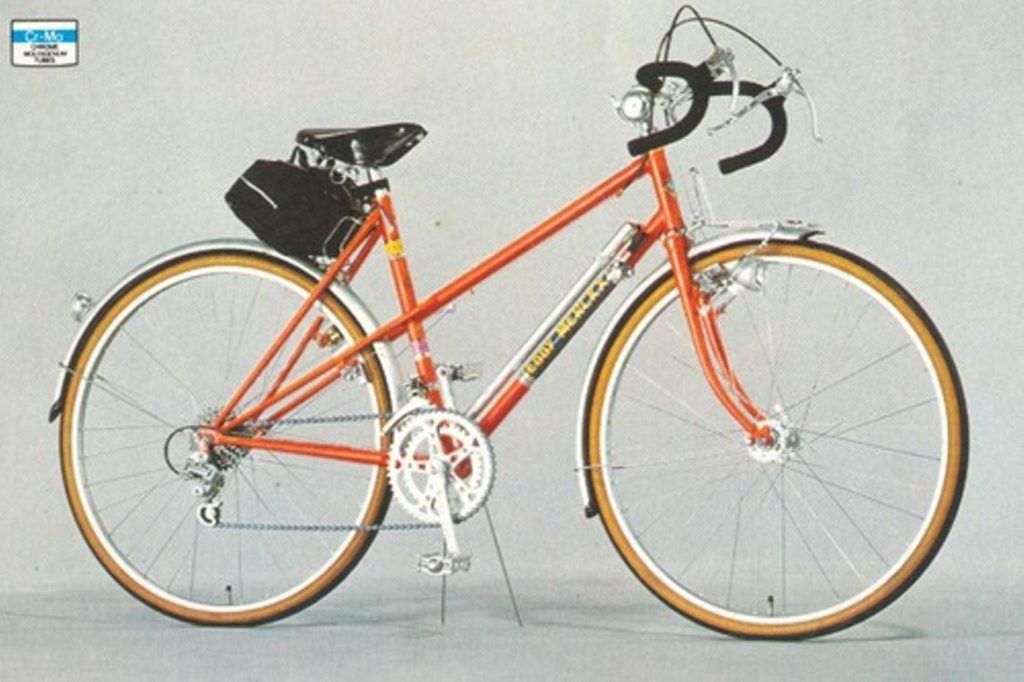
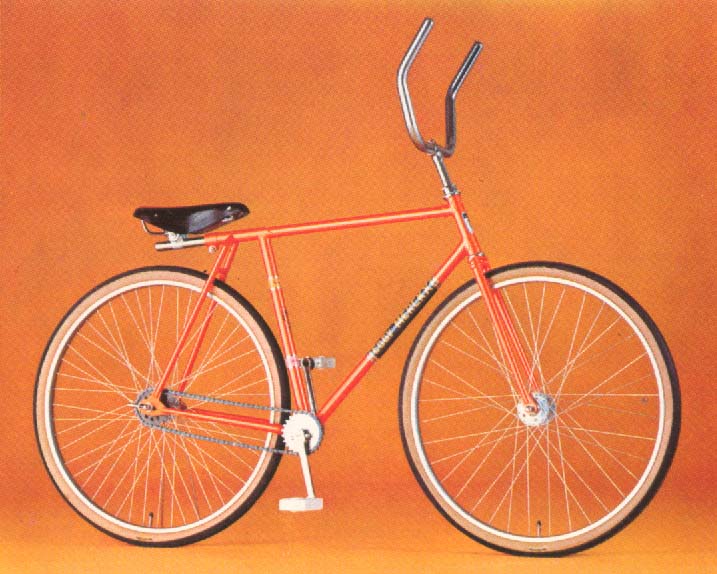
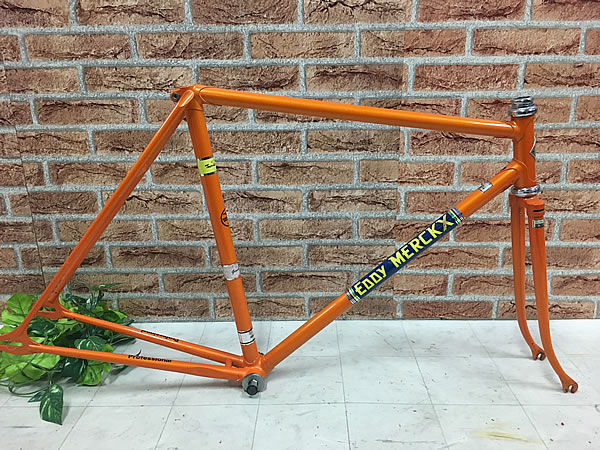
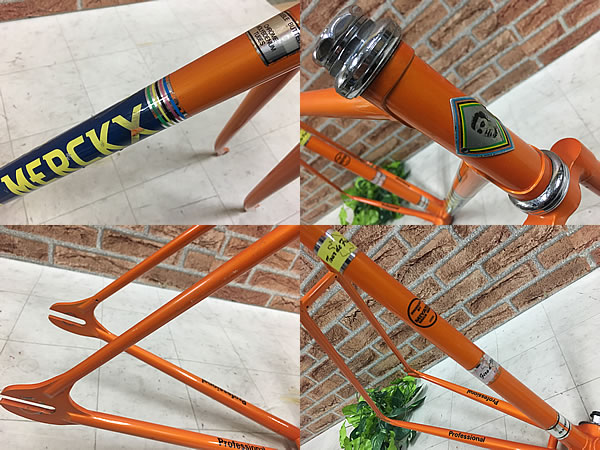
Excellent article! Really appreciate it all the work you put into this. I’ve never heard of these bikes and learned a lot!
Hi, did Eddy Merckx frames end up being produced or distributed by Tensor in the UK back in the 70’s / 80’s ?
Hi Sean, I think they were distributed by Tensor as a Google search has turned up other folks who purchased Merckx bikes via Tensor mail-order in the 1980s. I haven’t seen any documentation that they manufactured those bikes, so they were probably made by Falcon in the UK.
I have a MX-10C-A Merckx Miyata That is basically in new condition that I bought in Petaluma Ca. That was sold by “The Bicycle Factory” in Petaluma. It was a long standing shop in that city. I bought it along with a Miyata Finesse ( also in remarkable condition) It’s hard to tell if they were ever ridden. I’m going to be putting my Miata’s up for sale in the near future. I need to thin the herd. Thanks for the great history lesson – Chris Roche
P.S. I also have an early 80’s Miyata frame that is repainted and built up with vintage Campy components That I’m keep as my ride.
Pingback: Vogue X Cycle Aki Road Bike with Suntour Superbe | djcatnap.com